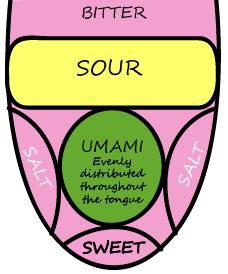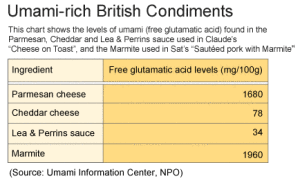We hear the word Umami being used very often on shows such as Masterchef. It denotes the 5th basic sensation felt by the tongue along with Sweet, Tart, Bitter and Salty. Apart from the main sensations, the palate also identifies astringent (raw fruits) and pungent (wasabi & dijon mustard) flavors.
Umami was officially recognized as the 7th taste fairly recently. The great 19th century classical French chef Escoffier credited his invention of the signature brown stock to this 7th taste. It gained relevance very recently when chefs started looking towards science for answers. They didn’t have to look hard. The Japanese already had a word for it.
A Tokyo University chemist in 1908, professor Kikunae Ikeda.

Umami, literally translates to “pleasant savory taste”. It’s what makes something “Yummy”. Japan relies heavily on stocks for their favourite food, Ramen. Professor Ikeda realized that good ramen always has a very “yummy” broth.
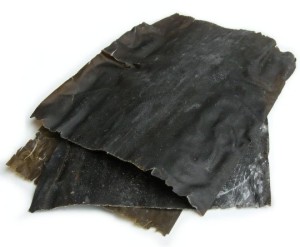
Dashi is traditional Japanese stock used to prepare soups and Ramen. This broth has one very interesting ingredient; Kombu. This is a sea weed which is used in dried form. Soaking and simmering it in stock creates Dashi, the “yummy” broth.
Ikeda spent years and made some very interesting discoveries. He also patented a product, C5H9NO4.
What is C5H9NO4?
When one attempts to break down a protein using cooking, aging or fermentation, it does so by releasing amino acids present in it. One such amino acid released is Glutamate. Umami is the pleasant taste one senses when eating something savory, not sweet because the tongue receptors get activated when in contact with glutamate, which is different from glucose in sweet-tasting food.
Glutamate is naturally occurring and is found in almost every ingredient. Some products have more glutamate, making their taste more appealing than others. The best ingredients in the world have high levels of Umami, things like Parmesan cheese, mushrooms, ripened tomatoes and cured/raw meats. South-East Asian cuisine relies on fermentation to further exemplify this taste in the form of fish sauce, oyster sauce, soya sauce etc. All these ingredients have high levels of glutamate and Umami.
Ever wondered why everything tastes better with an added sprinkling of parmesan cheese?
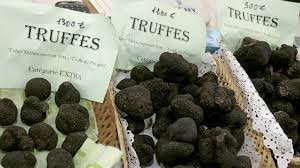
Ikeda focussed all his attention on Kombu sea-weed, another ingredient with high levels of glutamate. He determined that this acid is responsible for activating the 7th taste.
C5H9NO4 is Monosodium Glutamate, a lab made chemical which stabilizes glutamate into crystal form. This is commonly known as a “taste enhancer” which has side effects, some of which include cancer. MSG may or may not be added in synthetic products such as broth powder, textured protein or some seasoning mixtures. But as a naturally found chemical, Glutamate is safe and no doubt, yummy.
Ikeda called this magic crystal “Ajinomoto”, a table condiment which was and is used extensively all over Asia. In India, it is used in our version of Chinese food, which is quick, inexpensive, uncomplicated and does not rely on premium ingredients. What it lacks in finesse, it certainly delivers with taste. Using ajinomoto is a shortcut used to make it taste nice. Science also suggests that perhaps our palate has developed an 8th taste (MSG), which is very similar to umami. However, it is used in the same context.

Does Indian chinese food taste of Umami? Certainly.
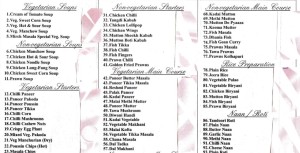
Here starts a debate as to whether this is ethical or not.
MSG is more effective as a taste maker. Excess salt leads to salty taste. Excess MSG leads to a better umami taste. Restaurants know that. The option of adding MSG depends on the chef. To him, its just a way to make food taste nice without breaking a sweat.
After all,
Who pays for average tasting food?
And,
Who complains if its “Yummy”?
Thanks
